What to Do with Your Luggage on a Japanese Train
Whether you’re traveling to Japan for business or pleasure, you’ll eventually need to know what to do with your luggage on a Japanese train. Some travelers feel a tinge of frustration when they rush to board and then don’t know what to do with their bags. Luckily, you won’t have this problem because I’m going to tell you what to do so you can look like a pro and enjoy your journey.
What to Do with Your Luggage on a Japanese Train
For the most part, Japanese people are very aware of how their actions affect the people around them and try hard not to disrupt the comfort of others. So you’ll want to keep your luggage out of the way as much as possible and try not to inconvenience other passengers.
Below is a list of different types of trains you might travel on during your visit to Japan and where you can store your bags with minimal impact on other commuters.
The Narita Express
Most people traveling to Japan for the first time don’t realize that the Tokyo Airport isn’t really in Tokyo. It’s actually about an hour away in a small town called Narita. Taking a taxi from the airport to a downtown Tokyo hotel can cost right around $200 to $300 USD. That price tag is usually a bit steep for most travelers, so the train is the most common way to get into the city.
Since our Japan tours use the Japan Rail Pass, we always choose the Narita Express (also known as N’EX). Once you exchange your Japan Rail Pass, the kind staff is happy to book your seats on the next available train.
Image by 名無し野電車区 (Nanashino Denshaku) from Wikimedia Commons
There are two places to store luggage on this train. The first, and most obvious, are the luggage compartments near the doors. They are right there as you enter the train and are great for storing large suitcases that are either too heavy or too bulky to put above your seat.
Image by DAJF from Wikimedia Commons
The second is the larger than they look luggage racks above your seat. When the luggage compartments near the doors fill up, this is your next best option. I have a large 25 inch suitcase that fits quite easily up there and I’ve helped others get larger 30 inch suitcases up there also.
The Shinkansen Bullet Train
The newer JR East Shinkansens that go toward Nagano have luggage compartments on one end of the passenger cabins. The JR West bullet trains, that go between Tokyo and Shin-Osaka, have small luggage compartments near the bathrooms that require a reservation to use.
Image by ©JNTO
You can also reserve the seats in the last row of the train on a JR West Shinkansen and store your suitcases behind your seats. Keep in mind that you must reserve these seats to store your luggage there. If you’re not sitting in the very last seats at the back of the car, then you didn’t reserve the space to store your luggage.
Sign posted on the train’s wall behind the last row seats of the Shinkansen.
Placing your luggage behind the seats without a reservation will lead to the train conductor asking you to remove them, and if they are oversized, it could lead to a fine of 1,000 yen per suitcase. If the conductor can’t find the owner, then the luggage will be removed from the train.
If you leave your luggage unattended anywhere on the train, you should inform the train crew. Unattended bags are always seen as suspicious on any type of public transportation. Please consider using some common sense.
I highly recommend that you can always lift your suitcase, so you can carry it up and down stairs and put it above your seat on the Shinkansen. The space is surprisingly large and angled to keep the suitcases from falling onto passengers.
If you have a smaller sized suitcase, and don’t mind being a little cramped, you can keep the suitcase between your knees and the seat in front of you. This seems to work best with carry on sized bags and smaller sized travelers. When doing this, you must not impede the recline of the seat in front of you.
You should NEVER leave your luggage in the aisle next to your seat. This blocks the aisle and is a safety hazard. Also, NEVER put your luggage in an empty seat, or in the floor space of an empty seat. Trains stop often, and your luggage cannot occupy another passenger’s seat.
Local Trains and Subways
Local trains are divided into two categories, local and express (or rapid). The local trains usually have bench seats that run along the length of the train, facing the middle. This is to accommodate more standing passengers. While the express or rapid trains usually have forward facing seats.
On local trains and subways, you’ll want to keep your luggage as close to you as possible and out of the way of other passengers. All that matters here is that you’re making a visible effort to not inconvenience others. If you have a backpack, it is also considerate to turn it around and carry it on your front side.
Express/Rapid trains can be a bit trickier. The luggage racks above the seats are not designed to hold suitcases and the trains are not as smooth as the Shinkansen, so there’s a good chance your bag will fall from the rack above the seat.
The best thing to do on these types of trains is to arrange your luggage between the back of the last seat and the train door. There is usually ample room to hold four to six suitcases. Someone will also need to stand with the suitcases to keep them from roaming around the train.
What to Take Away
As long as you are aware of where your luggage is and how it is affecting, or not affecting, other passengers, you’ll look like a pro.
A little bit of effort and a ton of apologies go a long way in Japan. This shows that you know you’re disrupting, but you’re also doing the best you can to keep it to a minimum. You’ll most likely be received with a polite head nod and possibly even a helping hand if needed.
Disclaimer: There are affiliate links in this article. This means that if you make a purchase after clicking on these links, we may receive a small commission at no extra cost to you. We have no association with the companies or the products reviewed. These are our own opinions of top travel products.


 ©JAPANandmore.com
©JAPANandmore.com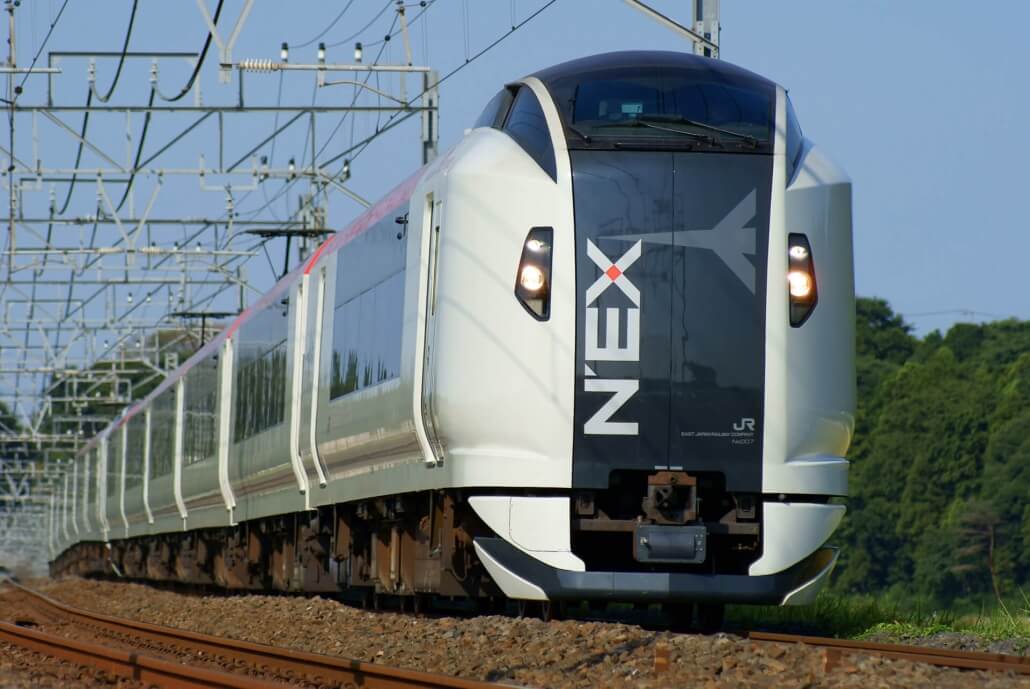
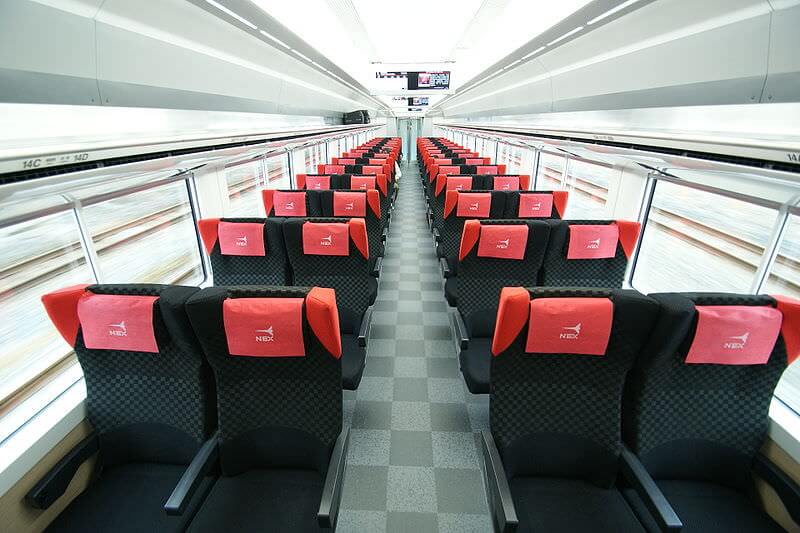

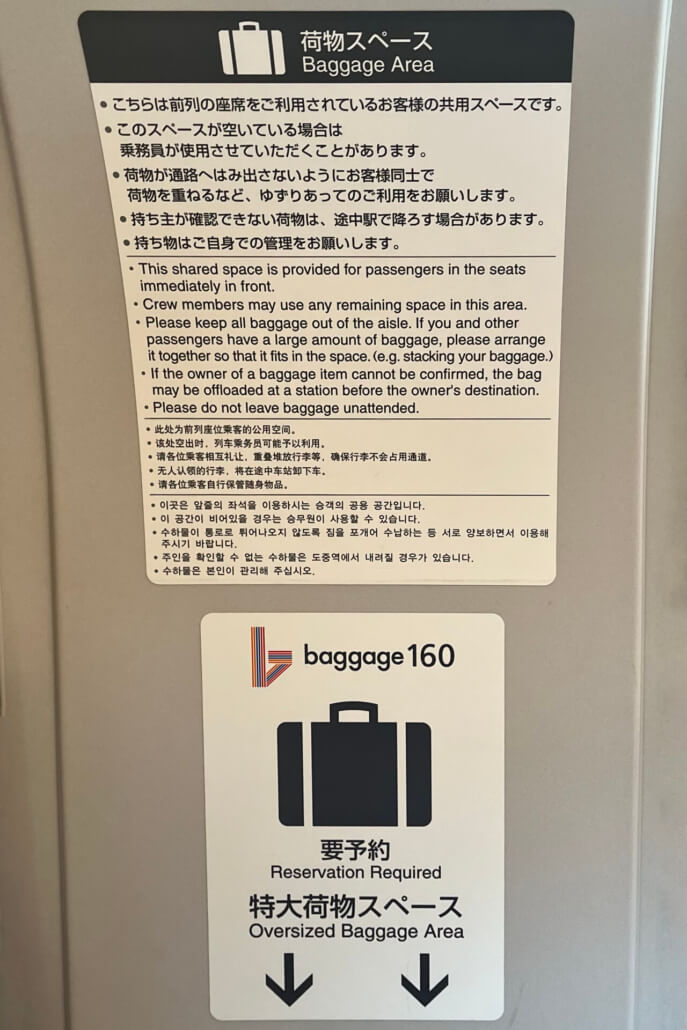
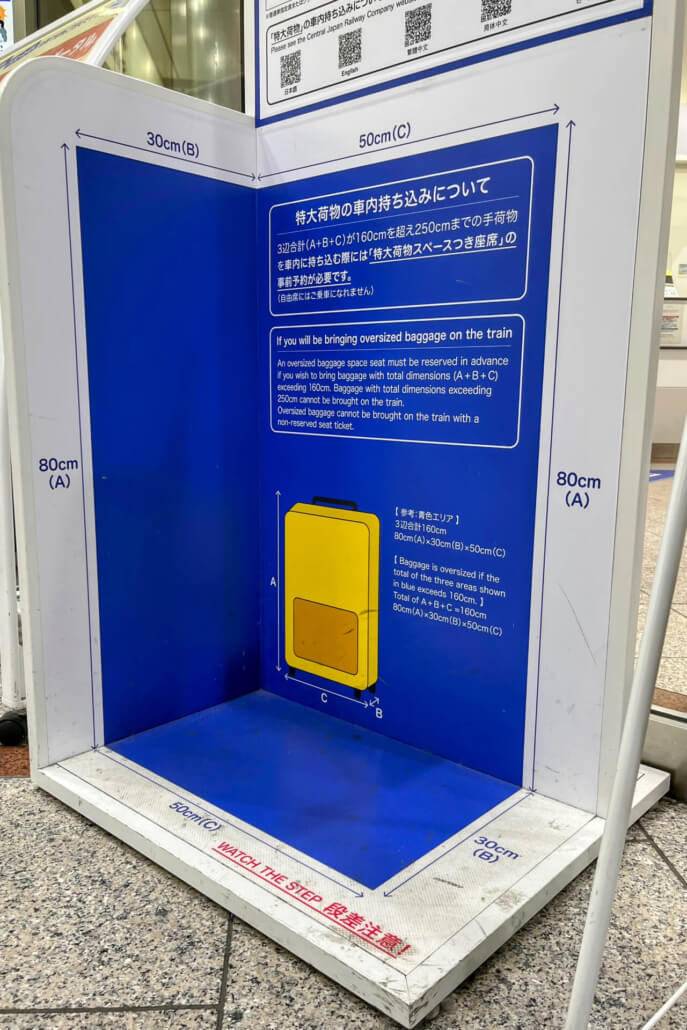

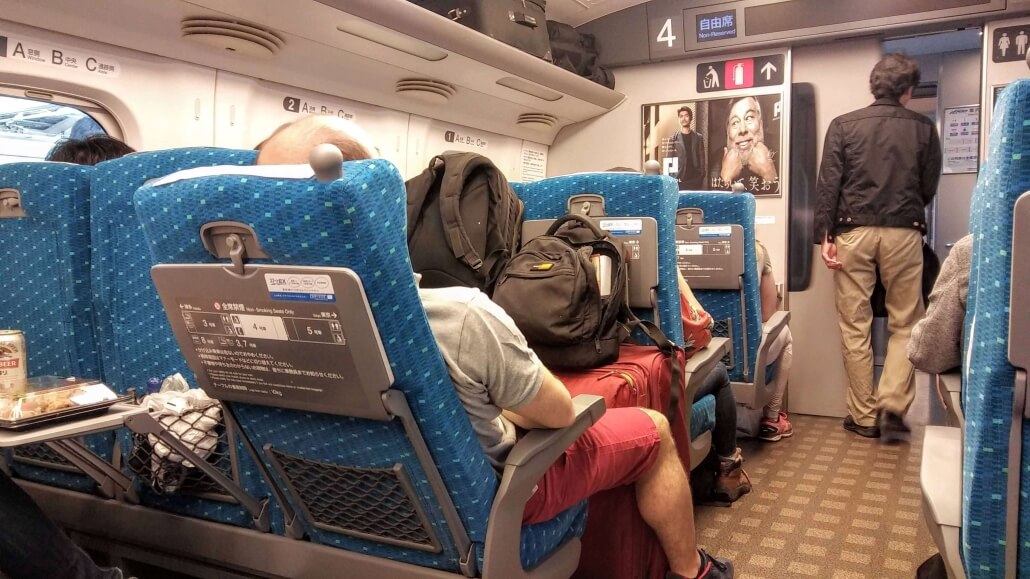
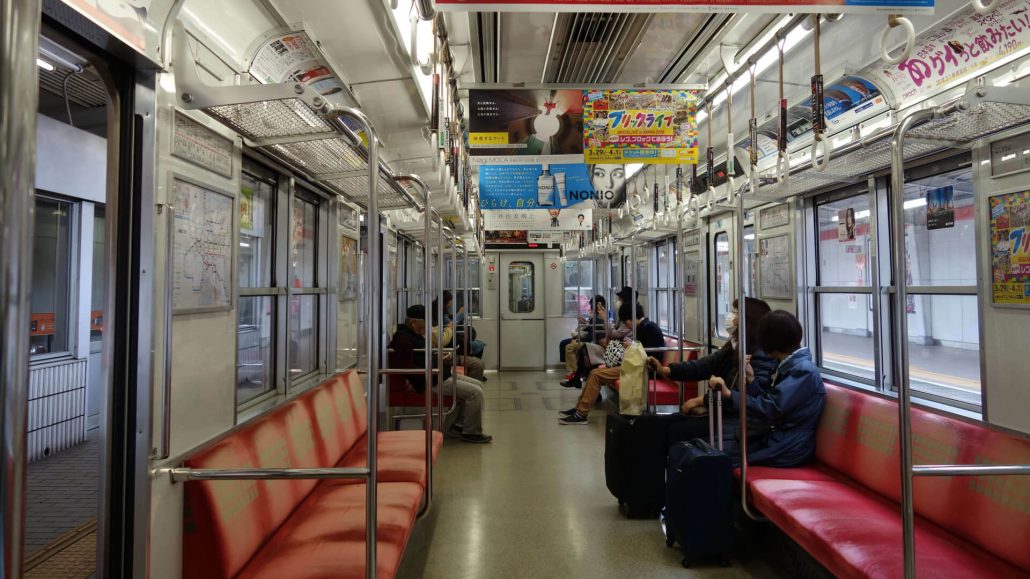
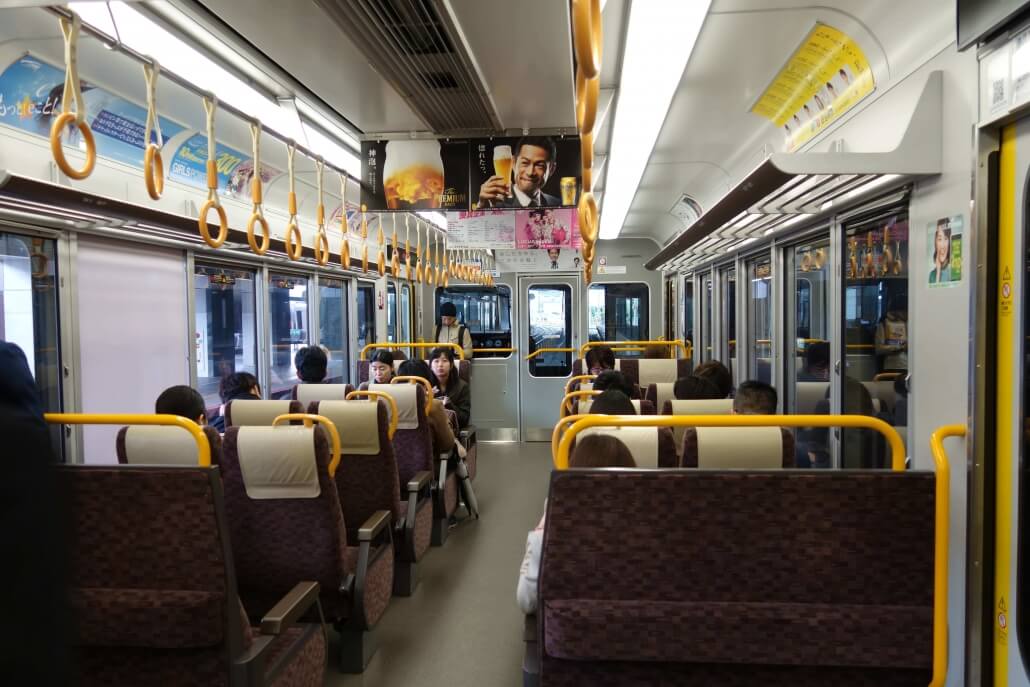
 @JAPANandmore
@JAPANandmore 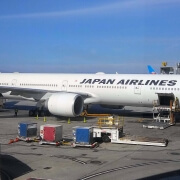 ©JAPANandmore.com
©JAPANandmore.com  @JAPANandmore
@JAPANandmore 
 @JAPANandmore
@JAPANandmore  @JAPANandmore
@JAPANandmore 




 @JAPANandmore
@JAPANandmore @JAPANandmore
@JAPANandmore